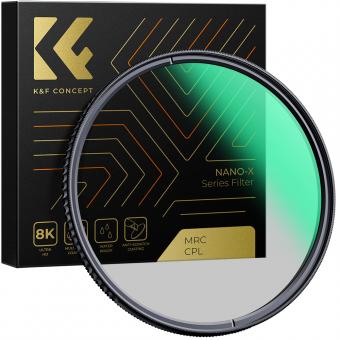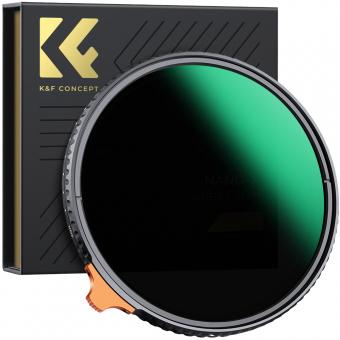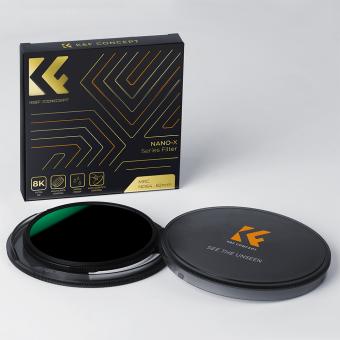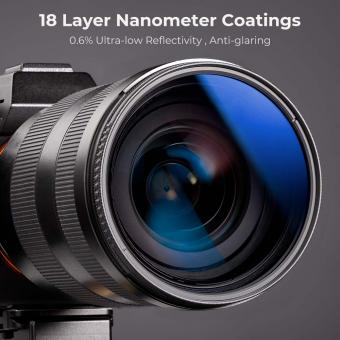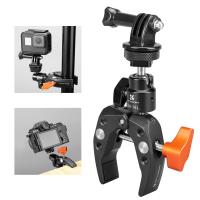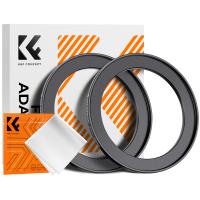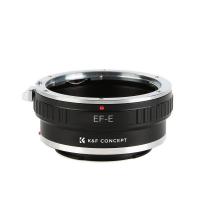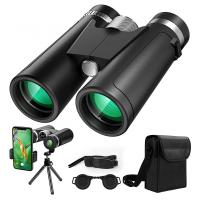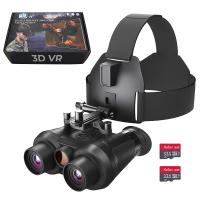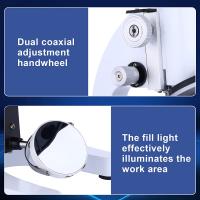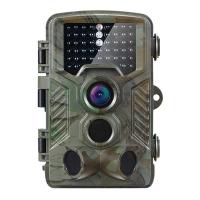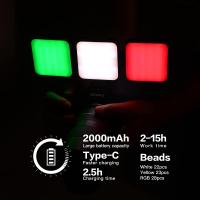How To Adjust A Polarizing Filter ?
To adjust a polarizing filter, rotate it until you achieve the desired effect. Polarizing filters are used to reduce glare and reflections, and to enhance colors and contrast in photographs. They work by blocking certain light waves that are oriented in a specific direction, which can cause unwanted reflections and glare. By rotating the filter, you can adjust the amount of light that is blocked, and therefore control the amount of glare and reflection in your photos. It's important to note that polarizing filters work best when the light source is at a 90-degree angle to the subject, so you may need to adjust the filter as you move around your subject to maintain the desired effect. Additionally, polarizing filters can reduce the amount of light that reaches your camera, so you may need to adjust your exposure settings accordingly.
1、 Understanding Polarizing Filters
How to Adjust a Polarizing Filter:
Polarizing filters are a popular accessory for photographers and videographers. They help to reduce glare and reflections, enhance colors, and improve contrast in outdoor scenes. However, adjusting a polarizing filter can be a bit tricky, especially for beginners. Here are some tips on how to adjust a polarizing filter:
1. Rotate the filter: The first step is to rotate the filter on your lens. Polarizing filters have a ring that you can turn to adjust the polarization effect. You can rotate the filter until you get the desired effect.
2. Look through the viewfinder: As you rotate the filter, look through the viewfinder or LCD screen to see the effect on your image. You should see the glare and reflections reduce, and the colors become more vibrant.
3. Adjust the angle: The polarization effect is strongest when the filter is perpendicular to the light source. So, if you're shooting in bright sunlight, try to position the filter at a 90-degree angle to the sun.
4. Experiment with different angles: Depending on the scene and lighting conditions, you may need to adjust the angle of the filter to get the best results. Don't be afraid to experiment with different angles until you find the sweet spot.
Understanding Polarizing Filters:
Polarizing filters work by blocking certain light waves that cause glare and reflections. They are made of a special material that only allows light waves to pass through in a specific direction. When you rotate the filter, you change the direction of the light waves that pass through, which affects the polarization effect.
Polarizing filters are especially useful for outdoor photography, where you may encounter bright sunlight, water, or other reflective surfaces. They can help to reduce glare on water, enhance the colors of foliage, and improve the contrast in the sky.
However, polarizing filters can also have some drawbacks. They can reduce the amount of light that reaches your camera, which can affect your exposure settings. They can also create uneven polarization effects if you're shooting a wide-angle scene with different angles of light.
Overall, polarizing filters are a valuable tool for photographers and videographers who want to improve the quality of their outdoor shots. With a bit of practice, you can learn how to adjust a polarizing filter to get the best results for your specific scene.
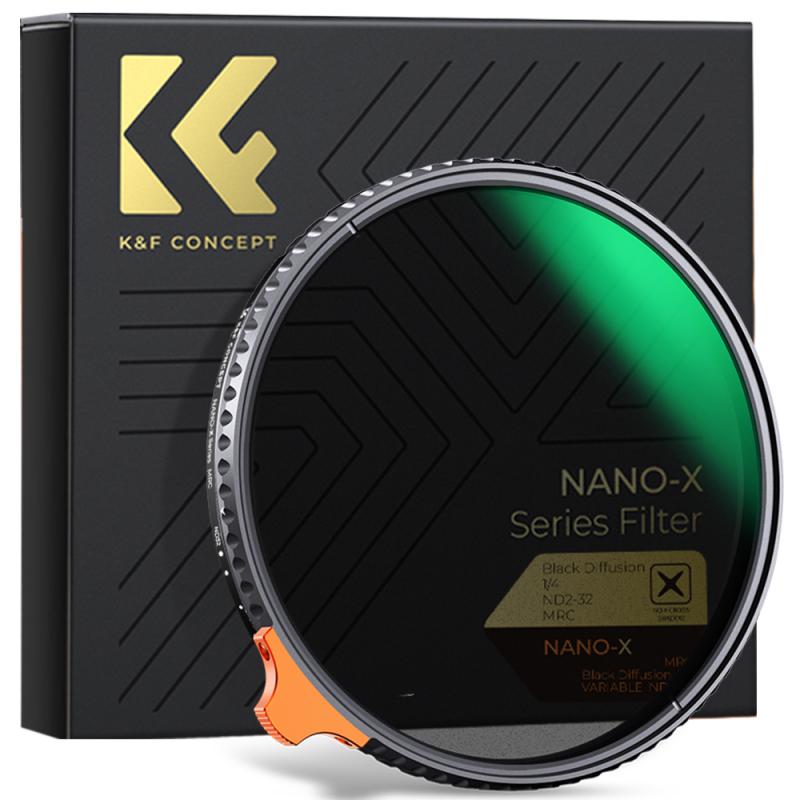
2、 Types of Polarizing Filters
How to adjust a polarizing filter:
Adjusting a polarizing filter is a simple process that can greatly enhance the quality of your photographs. The first step is to attach the filter to your camera lens. Once attached, rotate the filter until you achieve the desired effect. This can be done by looking through the viewfinder or LCD screen and rotating the filter until you see the effect you want.
The effect of a polarizing filter can vary depending on the angle of the light source and the position of the filter. To achieve the best results, it is important to experiment with different angles and positions until you find the optimal setting.
Types of Polarizing Filters:
There are two main types of polarizing filters: linear and circular. Linear polarizing filters are the older type and are still used in some applications, such as scientific research. However, circular polarizing filters are the most common type used in photography.
Circular polarizing filters are designed to work with modern autofocus cameras and do not interfere with the camera's metering and autofocus systems. They are also more effective at reducing glare and reflections than linear polarizing filters.
In recent years, there has been a growing trend towards using polarizing filters in smartphone photography. Many smartphone manufacturers now offer polarizing filters as an optional accessory, and there are also third-party filters available. These filters can greatly enhance the quality of smartphone photos, particularly in outdoor settings where glare and reflections can be a problem.
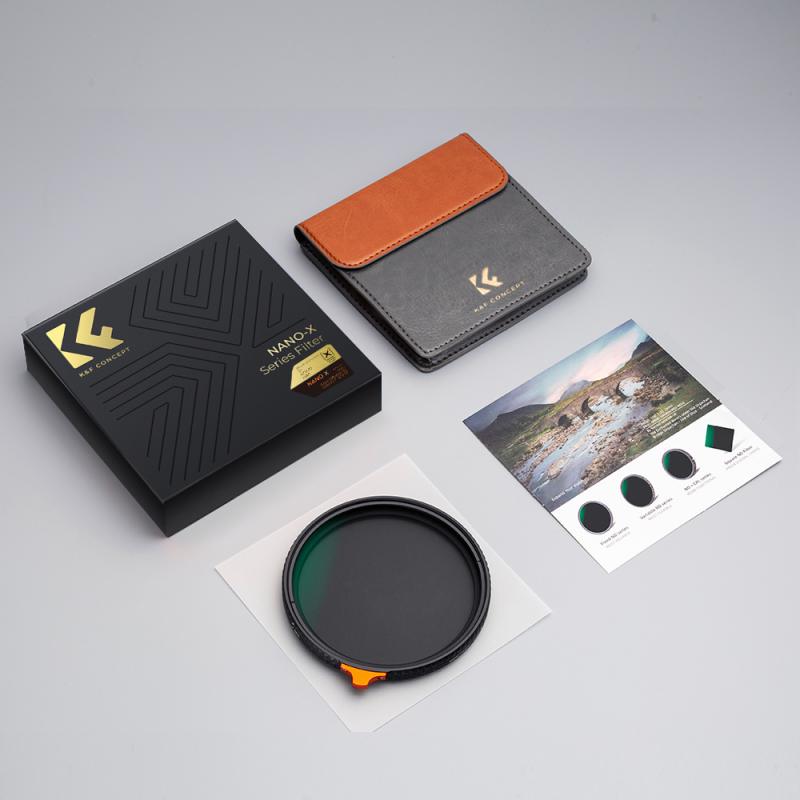
3、 Techniques for Adjusting Polarizing Filters
Techniques for Adjusting Polarizing Filters:
Polarizing filters are an essential tool for photographers who want to control reflections, reduce glare, and enhance colors in their images. However, adjusting a polarizing filter can be tricky, especially for beginners. Here are some techniques for adjusting polarizing filters:
1. Rotate the filter: The most basic technique for adjusting a polarizing filter is to rotate it until you achieve the desired effect. This technique works best when you are shooting outdoors and want to reduce glare or enhance colors in the sky or foliage.
2. Use the viewfinder: When adjusting a polarizing filter, it's important to use the viewfinder rather than relying on the LCD screen. This is because the LCD screen can be misleading, and you may not see the full effect of the filter.
3. Be aware of the angle of the light: The effectiveness of a polarizing filter depends on the angle of the light. To get the best results, you need to be aware of the angle of the light and adjust the filter accordingly.
4. Experiment with different settings: Polarizing filters can have different effects depending on the settings you use. For example, a polarizing filter can make the sky appear bluer, but it can also darken the image. Experiment with different settings to find the right balance.
5. Use a tripod: When using a polarizing filter, it's important to keep the camera steady. Using a tripod can help you achieve sharper images and make it easier to adjust the filter.
In conclusion, adjusting a polarizing filter requires some practice and experimentation. By following these techniques, you can achieve the desired effect and enhance the quality of your images.
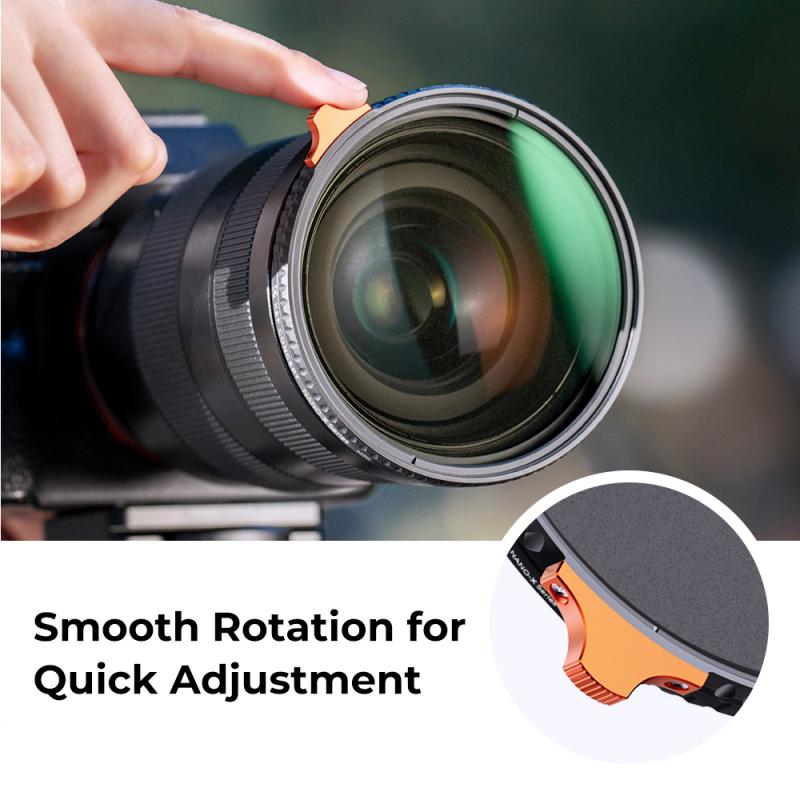
4、 Common Mistakes to Avoid When Adjusting Polarizing Filters
How to Adjust a Polarizing Filter:
Adjusting a polarizing filter can be a bit tricky, but with some practice, it can become second nature. Here are the steps to adjust a polarizing filter:
1. Attach the filter to your lens: First, attach the polarizing filter to your lens. Make sure it is securely attached and aligned properly.
2. Rotate the filter: Next, rotate the filter until you achieve the desired effect. You can rotate the filter clockwise or counterclockwise to adjust the polarization.
3. Check the effect: Finally, check the effect of the filter by looking through your viewfinder or LCD screen. You should see a noticeable difference in the amount of glare and reflections in your image.
Common Mistakes to Avoid When Adjusting Polarizing Filters:
While adjusting a polarizing filter, there are some common mistakes that you should avoid. Here are a few:
1. Over-polarizing: Over-polarizing can result in an unnatural-looking image. It can also cause the sky to appear too dark or the colors to look too saturated.
2. Not adjusting for the angle of the sun: The angle of the sun can affect the effectiveness of the polarizing filter. Make sure to adjust the filter based on the angle of the sun to achieve the desired effect.
3. Forgetting to remove the filter: It's easy to forget to remove the polarizing filter when you're done shooting. Make sure to remove the filter before storing your camera or changing lenses.
In conclusion, adjusting a polarizing filter can take some practice, but it's worth it for the improved image quality. Just remember to avoid common mistakes like over-polarizing and not adjusting for the angle of the sun.



